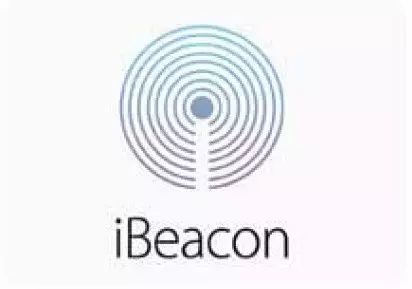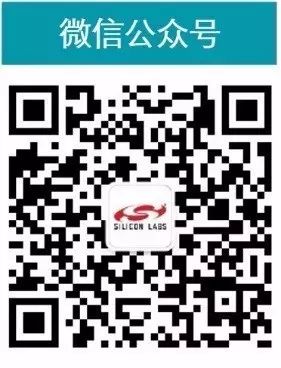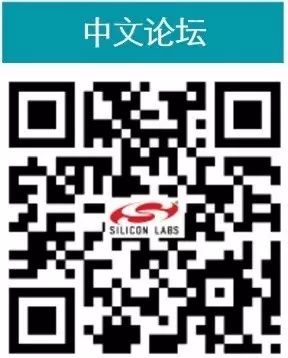Bluetooth beacon technology is rapidly developing, providing various “proximity aware applications” for consumers, businesses, and industrial environments. However, Bluetooth beacon standards are not set by the Bluetooth Special Interest Group (Bluetooth SIG); they are referred to as “PseudoStandards,” which are led by large vendors or corporate groups, proposing Bluetooth application specifications for a wide range of beacon applications.
Bluetooth beacon technology is rapidly developing, providing various “proximity aware” applications for consumers, businesses, and industrial environments. For example, consumers can receive immediately redeemable coupons and tailored products and services based on their location (e.g., malls, restaurants); businesses can enhance product visibility and profitability by understanding consumer shopping habits, thereby strengthening brand loyalty; manufacturers will benefit from improved asset management.
The beacon technology applications, with infinite possibilities, are set to change the world we live in; before that, let’s explore the current standardization status of beacon technology and the operation principles of its advertising packet.
Bluetooth beacon standards are not established by the Bluetooth SIG; they are referred to as “PseudoStandards,” led by large vendors or corporate groups, proposing Bluetooth application specifications for a wide range of beacon applications. Currently, there are three key PseudoStandards in the market: Apple’s iBeacon, Google’s Eddystone, and Radius Network’s AltBeacon.
All three PseudoStandards use Bluetooth Low Energy (BLE) broadcast methods, placing the advertising packets in Bluetooth Low Energy channels 37, 38, and 39 to avoid conflicts with Wi-Fi traffic in the 2.4GHz Industrial, Scientific, and Medical (ISM) unlicensed frequency band. Furthermore, by embedding their format and data within the structure of the BLE broadcasts, the same packets will be sent across the three broadcast channels whenever a beacon device transmits an advertisement, prompting BLE receivers/scanners to capture the signal. Once the signal is received, the scanner will determine whether the packet content can be decoded and its relevance, taking appropriate action accordingly.
Within the advertising packet, the structure of the data payload includes the following three fields: length, type, and data, at least one of which must be present:
-
The length field defines the size of the packet that follows, combined with the type and data fields. ˙
-
The type field determines whether the data field is a name, service UUID (Universally Unique Identifier), URI (Universal Resource Identifier), or one of many other defined types.
-
The packet data field further defines the substructure within the data field to identify different PseudoStandards. Both advertising packets and data packets use the same format; beacons follow the standard advertising packet format but include a data payload that complies with one or more PseudoStandards.

Figure: BLE Advertising Packet Structure
Apple‘siBeacon
Apple became one of the early adopters of beacon technology in the market with its iBeacon specification; iBeacon is a registered trademark of Apple, and vendors wishing to sell iBeacon products or use the iBeacon logo must obtain authorization from Apple (free of charge). iBeacon specifications and other development resources can be downloaded from the Apple Developer website.

The total length of an iBeacon packet is 30 bytes, and it must be broadcast at intervals of 100ms (although iBeacon product vendors may not always strictly adhere to this 100ms requirement). iOS applications using the Core Location framework can request that iOS continuously monitor events in the beacon region; for example, entering or leaving the proximity area defined by the UUID of the Major and Minor ranges of the iBeacon device.
Regardless of whether the application is running, iOS monitoring will occur, even triggering closed applications to start; however, the monitoring feature will only operate when the user enables location services in the application.
Google‘sEddystone
Eddystone is an open-source, cross-platform beacon format defined by Google, supporting both Android and iOS devices. Unlike other beacon standards, it defines several different frame types that can be used independently or in combination:
-
Eddystone-UID can broadcast a unique beacon ID.
-
Eddystone-URL broadcasts URLs.
-
Eddystone-TLM can be used to broadcast telemetry (health and status) data about the beacon itself.
-
Eddystone-EID uses ephemeral identifiers to address beacon applications that require higher security; however, the specifications for this frame format have not yet been published.

Eddystone-URL framework allows mobile platforms to provide web content based on proximity status without requiring an application installation, thus realizing Google’s “The Physical Web” initiative, which aims to give every object in daily life a URL that can communicate with mobile devices.
Eddystone is supported in the iOS Chrome application and will be supported in Android Chrome starting from version 49; through the Chrome Today widget, users can access web content related to their surroundings and receive notifications when encountering beacons.
On the open-source platform GitHub, Google Eddystone’s webpage provides the Eddystone communication protocol specifications, as well as related tools and open-source code examples; Google’s online developer forum also offers more information about its beacon platform.
Radius Network‘sAltBeacon
The American software company Radius Network defined the AltBeacon specification to establish an OS-agnostic open-source standard that does not favor any specific vendor; the AltBeacon specification is available for download on its official website without royalty or licensing fees. Like other beacons, it uses undirected advertising packets.

Many experts and related vendors in the industry can provide information on developing with Bluetooth beacon technology; the goal is to assist developers in accelerating product time-to-market with correct and stable solutions.
In response to the trend of Bluetooth beacon applications, Silicon Labs also provides a range of Bluetooth Low Energy SoCs, modules, and software tools to help engineers quickly achieve beacon product design. For more information on Silicon Labs’ Bluetooth solutions and reference designs, please visit: http://cn.silabs.com/products/wireless/bluetooth/Pages/bluetooth.aspx
Original article link: http://www.edntaiwan.com/news/article/20160907NT01-Bluetooth-Beacon-ProximityAware
You can also follow Silicon Labs’ social media platforms by scanning the QR codes below:


